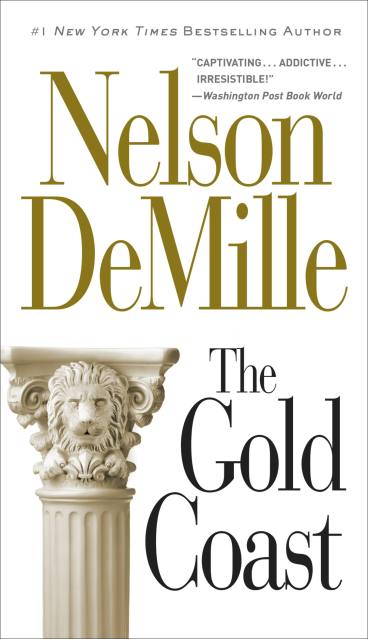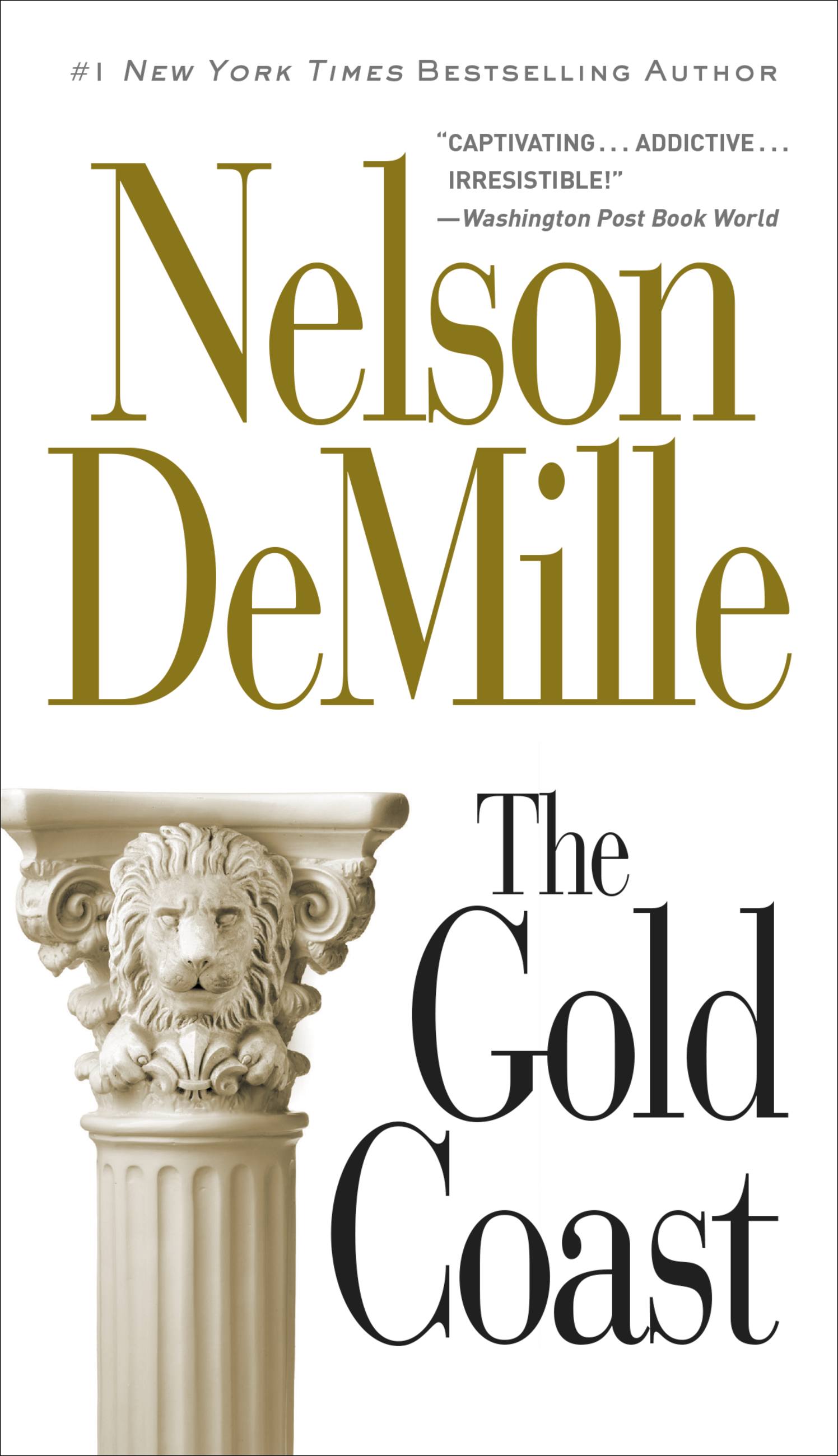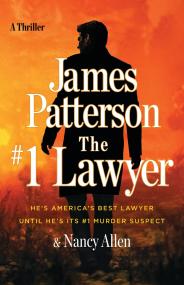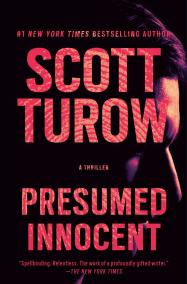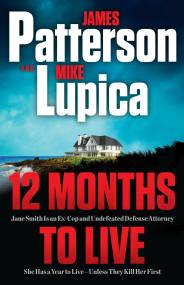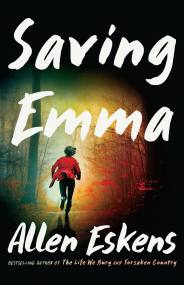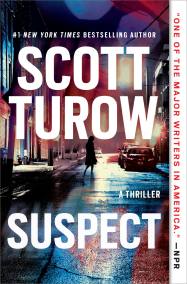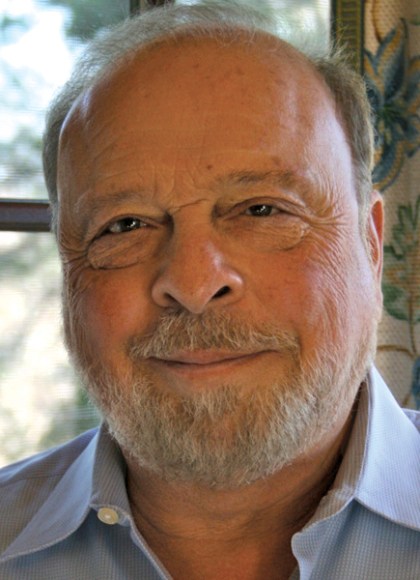Promotion
Use MOM24 for 20% off site wide + free shipping over $45
The Gold Coast
Contributors
Formats and Prices
Price
$9.99Price
$12.99 CADFormat
Format:
This item is a preorder. Your payment method will be charged immediately, and the product is expected to ship on or around April 1, 2001. This date is subject to change due to shipping delays beyond our control.
Also available from:
“[Demille is] a true master.” – Dan Brown, #1 bestselling author of The Da Vinci Code
Welcome to the fabled Gold Coast, that stretch on the North Shore of Long Island that once held the greatest concentration of wealth and power in America. Here two men are destined for an explosive collision: John Sutter, Wall Street lawyer, holding fast to a fading aristocratic legacy; and Frank Bellarosa, the Mafia don who seizes his piece of the staid and unprepared Gold Coast like a latter-day barbarian chief and draws Sutter and his regally beautiful wife, Susan, into his violent world. Told from Sutter’s sardonic and often hilarious point of view, The Gold Coast is Nelson DeMille’s captivating story laced with sexual passion and suspense.
Genre:
- On Sale
- Apr 1, 2001
- Page Count
- 500 pages
- Publisher
- Grand Central Publishing
- ISBN-13
- 9780759522626
By clicking 'Sign Up,' I acknowledge that I have read and agree to Hachette Book Group’s Privacy Policy and Terms of Use
